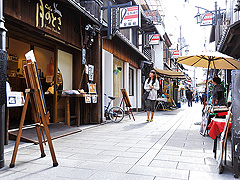
The shopping street continues to the street beside Teradaya. Shops, sweetshops, eateries, etc. that handle Ryoma goods go on the house. Meals and souvenirs are at Coco.
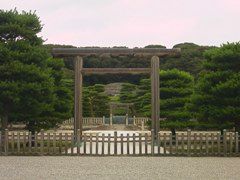
It is a tomb of Emperor Meiji, extending 127m east-west and 155m north-south. It is built in three steps each in the form of the upper circle and lower. The surface is covered with pebbles, and there are double hedges around it. The inside of the tomb is large, the approach is covered with gravel, and it is a large forest with trees. To the east of the Meiji Emperor's Tomb, the same form of Shōgendō Taihō Fushimi Momoyama Tōrō is lined.
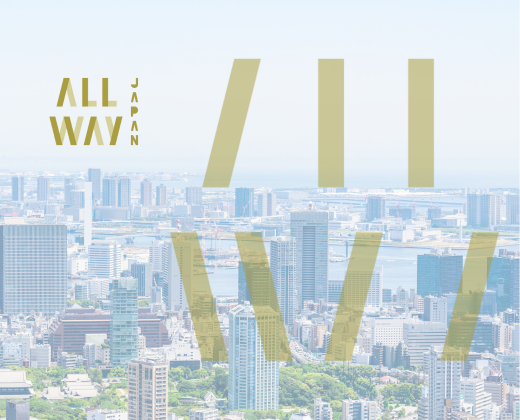
In the precincts, there is Sumizome cherry blossoms, which is said to be the origin of the place name of Sumizome in addition to Yoshino Yoshino. It is said that the cherry blossoms really bloomed in a light ink color when the Heian era poet Takao Ueno mourned the death of Kanpaku and Motokei Fujiwara at the time, and chanted, "If there is a cherry blossom in Nobe in Fukakusa, it will bloom in India only this year." the flowers are small white single valve. Currently, the fourth generation blooms.
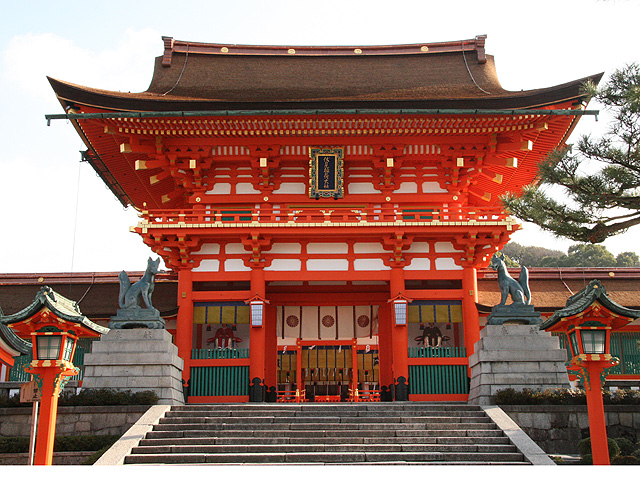
Sōmoto Shrine of Inari Shrine, which has over 30,000 companies nationwide. Famous as the god of business prosperity, the five-year-old fertility. Passing through the Ninotorii, you will find the Tōmon (Important Cultural Property) of Zhu Mei, which was donated by Hideyoshi Toyotomi in Tensho 17 (1589). The main shrine (important cultural property) was reborn in 1499 (1499). If you go through the Torii tunnel behind the main shrine, the Okusha worship place. It is the entrance to Mount Inari. The 233m-high mountain has mounds all over the place, and the "mountain tour" that visits it takes about 4km and about 2 hours.
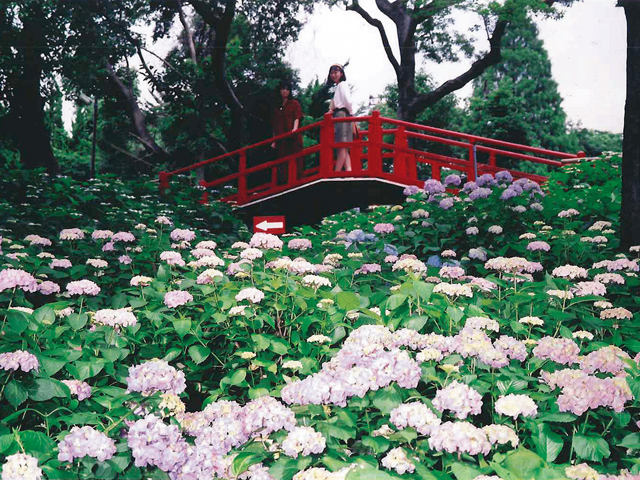
An old shrine that has been enshrined before the Heian capital. It is said that there is a profit of winning luck. The Kanma (kake horse) shrine, which will be held during the Fujimori Festival on May 5, is courageous and is visited by many worshipers. It has been famous as a horse company in recent years, and has been visited by horsemen as well as horse racing officials and horse racing fans.
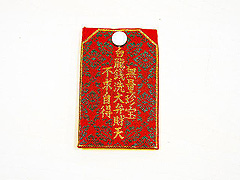
In the first year of the Meiji era (1655), the former magistrate who was a samurai, connected the hermitage. It seems that he is able to get rid of his troubles and grant his wishes. In the precinct, Qenarai Benjiten is enshrined.

At the request of the Satsuma feudal lord, Yoshihiro Shimazu, he began to enshrine Daigokuten; the precinct includes a grave monument of the Kyurentushi of the Teradaya Incident, and a well called Kinyu Shimizu.
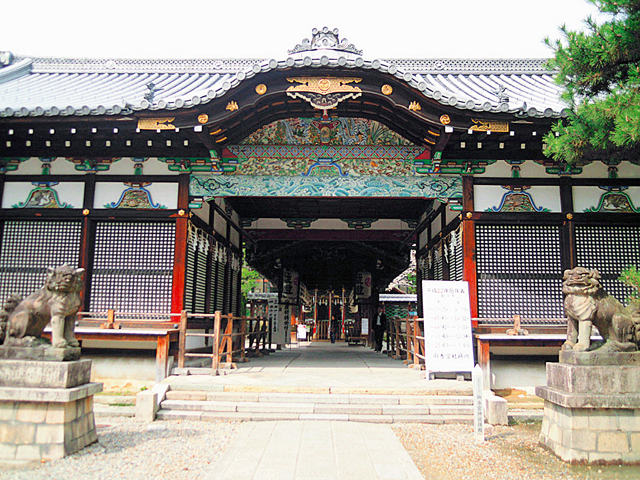
In 4th year (862), the water that had sprung up in the precinct was rarely fragrant, and he was called "Mikamiya" because he had been inspired by the disease. In a corner of the tree-covered precinct, a perfume chosen as the "Japanese Meisui Hyakushiki" springs, and there is a constant line of people seeking this. The main gate of Fushimi Castle (Important Cultural Property) and the brilliant main temple (Important Cultural Property), where the major gate of Fushimi Castle was moved, and the main hall of the shrine was characterized by the features of the Momoyama architecture, while the back of the office of the office is a stone garden in Yukari Kobori.

It began when the former government [Gensei] Ujin formed a hermitage in the first year of the Meiji calendar (1655). The main hall is frugal thatched. Motomasa was originally a samurai of the Hikone clan, but died suddenly at the age of 26 due to his illness, lived in poor health, and died two months after his mother passed away at the age of 87 in Kanbun 7 (1667).
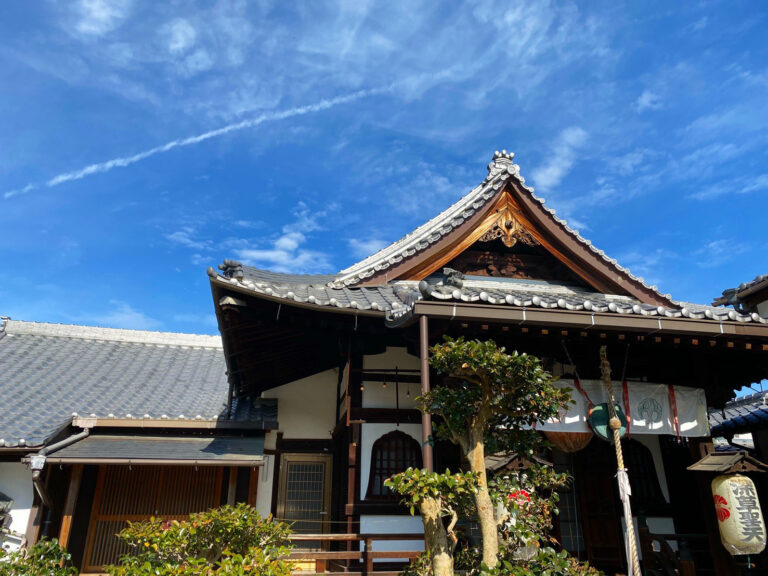
It was founded by Emperor Wengde in Jiasho 3 (850), but was devastated after the Onin War. However, re-emerged in Kanbun 2 (1662). It gathers local faiths because it delights three bodies of fukukami: the Secret Buddha's Pleasure (hengten), Bi-sany, and Bi-shanten, in the main temple of Sōyō-zukuri, which does not use even a single nail.










